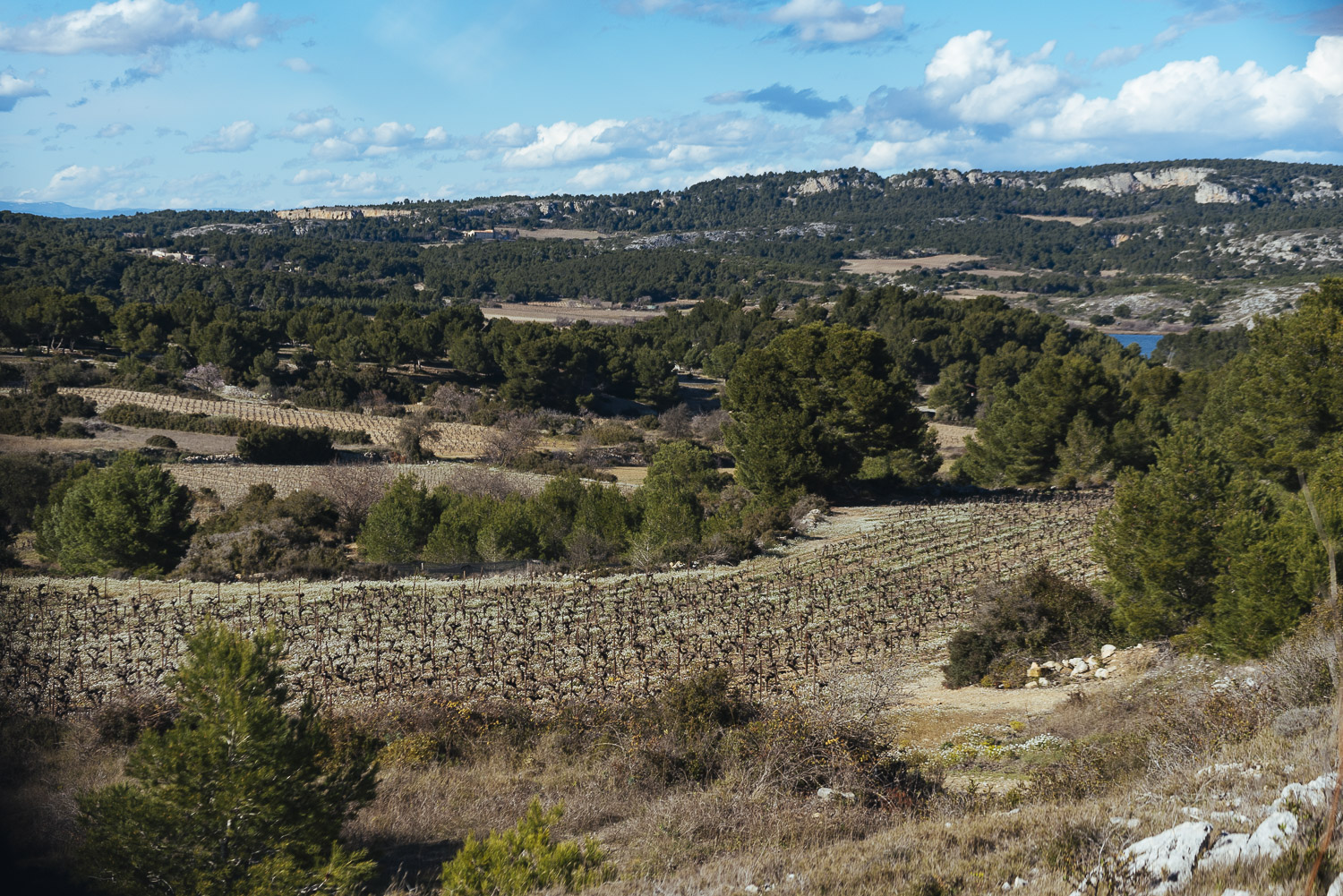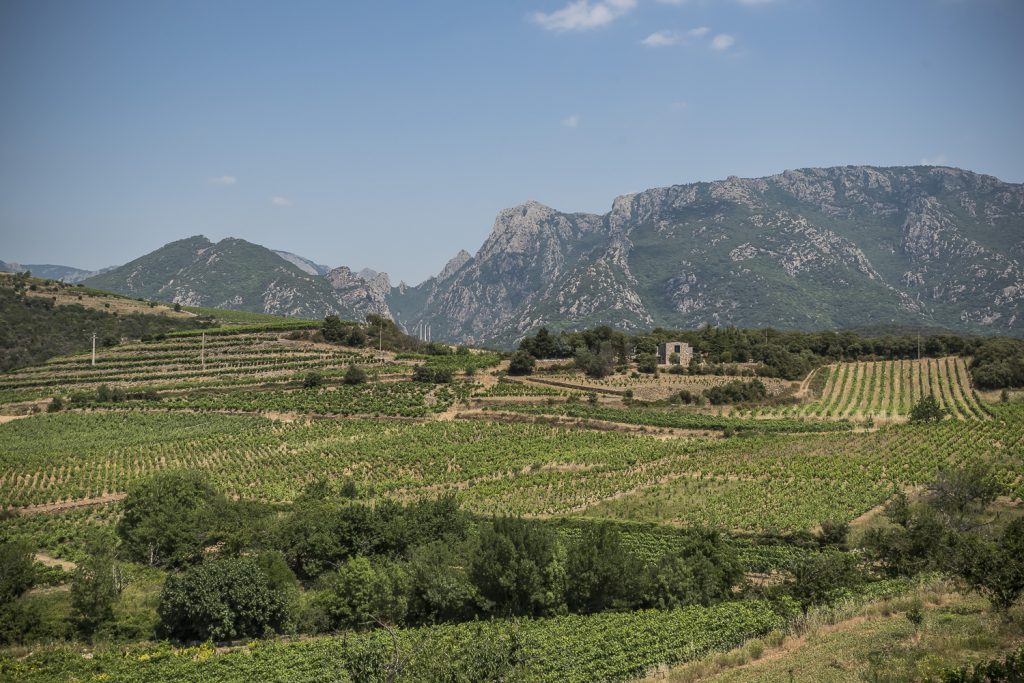Vineyard Tours in Languedoc
The Languedoc is a region of stunning landscapes, from rugged hills to golden beaches and snow-capped mountains. This is a land of great cultural richness, a place where the sun shines for 300 days a year, and where good food and good wine are considered an essential part of everyday life.
As the Languedoc’s sunny climate is ideal for growing grapes the area has long been associated with wine-production. The Languedoc vineyards are the oldest in France as wine-making began here in the 5th Century (BC). With vineyards covering over 235 000 hectares, the Languedoc is the single biggest wine-producing region in the world. Today, more than 85% of the vineyards are under regional Languedoc AOC appellation where each appellation is characterized by land, soil, climate and grapes.
Explore Languedoc offers the opportunity for visitors to discover Languedoc wines through authentic wine tours in the Faugeres, Minervois, Saint Chinian, La Clape and other known appellations. A local and passionate guide will take you to meet the winemakers, where in your small group you will learn all about the making of Languedoc wines and enjoy a memorable wine tasting experience.
Please note, pick up and drop off from your accomodations is available within a 25 km radius of Beziers as well as from Narbonne or Sete.
Faugères Wine Tour

Located close to Saint Chinian and north of Beziers and Pezenas, the Faugères appellation area is a territory of 2000 hectares in the foothills of the Cevennes mountain range. The appellation is characterized by a high percentage of schist soils, the result of an ancient sea bed that was compressed by the shifting Alps and Pyrenees mountains.
Situated in the hills, the Faugères vineyards are protected from the cold, northerly influences of the Massif Central and are neatly oriented toward the sun. This appellation benefits from a warm, classically Mediterranean climate. Here rosé, white and rich ripe red wines are produced.
La Clape Wine Tour

Once an island, La Clape and its appellation area has been linked to the Narbonne plain since the end of the Middle Ages. This is the Languedoc's warmest and driest terroir in one of France’s sunniest regions. Vines have been growing here since the Roman times.
The La Clape massif is characterized by narrow, winding, steep-sided valleys that end abruptly as cliffs on the Mediterranean side. The vines growing in this area are incredibly strong due to the environmental challenges they endure. They also act as a natural firebreak and certain areas of the vineyard have been planted with this in mind.
Minervois Wine Tour

The Minervois territory is a vast amphitheatre extending from the heights of Narbonne to the gates of Carcassonne. The wine history here is impressively long, with archaeological evidence of viticulture dating back to early-Roman or even pre-Roman times.
The Minervois appellation takes its name from Minerve, a small village 40 kilometers from the Mediterranean coast in the foothills of the Montagne Noire. The area is vast, bordered by the Canal du Midi to the south and the Montagne Noire to the north, and boasts some of the most picturesque vineyards in the Languedoc wine region.
Saint Chinian Wine Tour

Located in the middle of Languedoc Roussillon, the Saint-Chinian appellation area has a very unique geological makeup with three different soil varieties. This characteristic supports an amazing range of wines to suit all tastes, though tradition favours the production of red wine.
The vineyards stretch from Minervois in the west to Faugères in the east and were planted as early as the 8th century by Benedictine monks. Wine production here was originally part of a subsistence economy along with olives, chestnuts (for flour) and vegetables.
